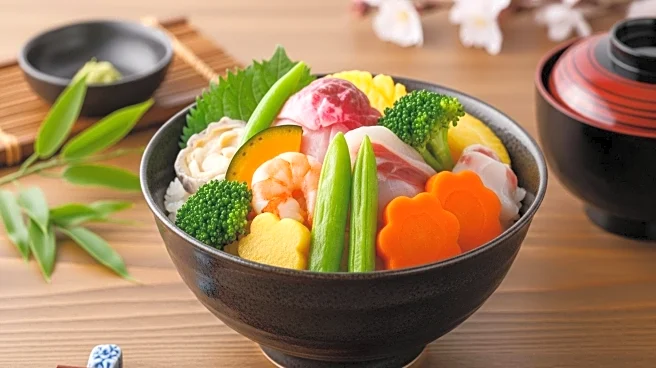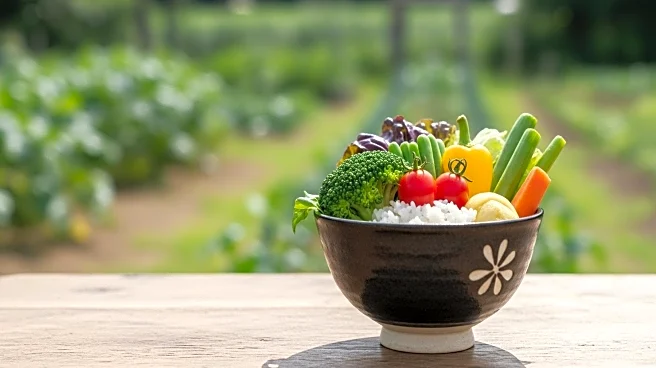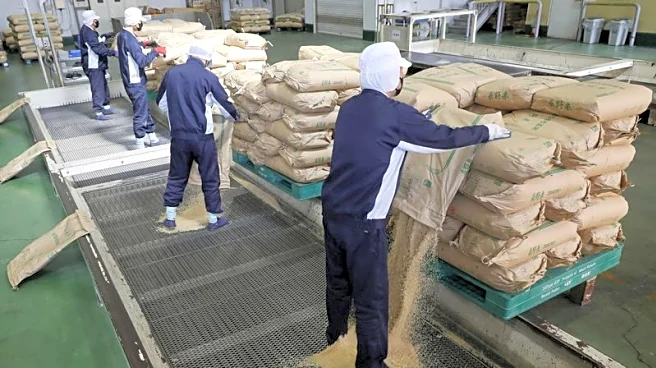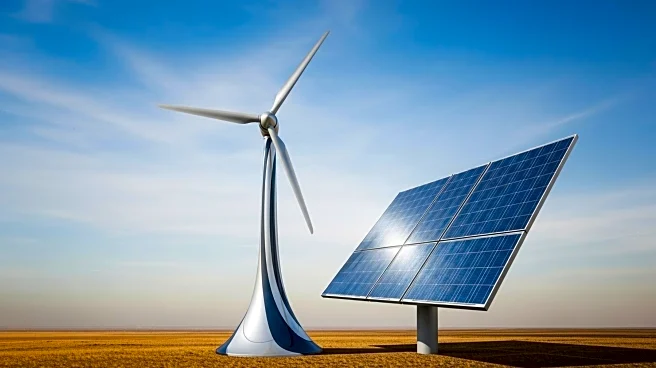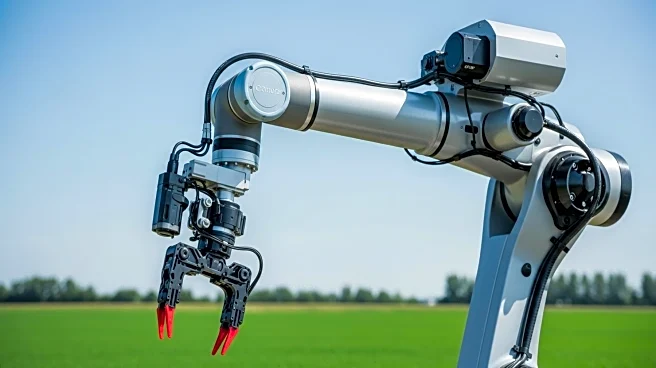What's Happening?
Japan's agriculture ministry reports that the country's calorie-based food self-sufficiency rate remains at 38% for fiscal 2024, unchanged for the fourth consecutive year. Despite growth in domestic production of rice and sugar crops, adverse weather conditions have impacted wheat and soybean output. The current self-sufficiency rate falls short of the government's fiscal 2030 target of 45%. The ministry also announced a calorie intake-based self-sufficiency rate of 46%, focusing on consumed calories for daily living.
Why It's Important?
Japan's stagnant food self-sufficiency rate poses challenges for national food security and economic stability. The reliance on imports for essential food items could make the country vulnerable to global market fluctuations and supply chain disruptions. Achieving the government's target requires significant efforts to enhance agricultural productivity and expand domestic production, which are crucial for reducing dependency on foreign food sources and ensuring sustainable food supply.
What's Next?
To meet the fiscal 2030 target, Japan must implement strategies to boost agricultural output and improve resilience against climate-related impacts. This may involve investing in technology and infrastructure to support farmers and enhance crop yields. Policymakers will need to address these issues to secure Japan's food future and mitigate risks associated with low self-sufficiency rates.

